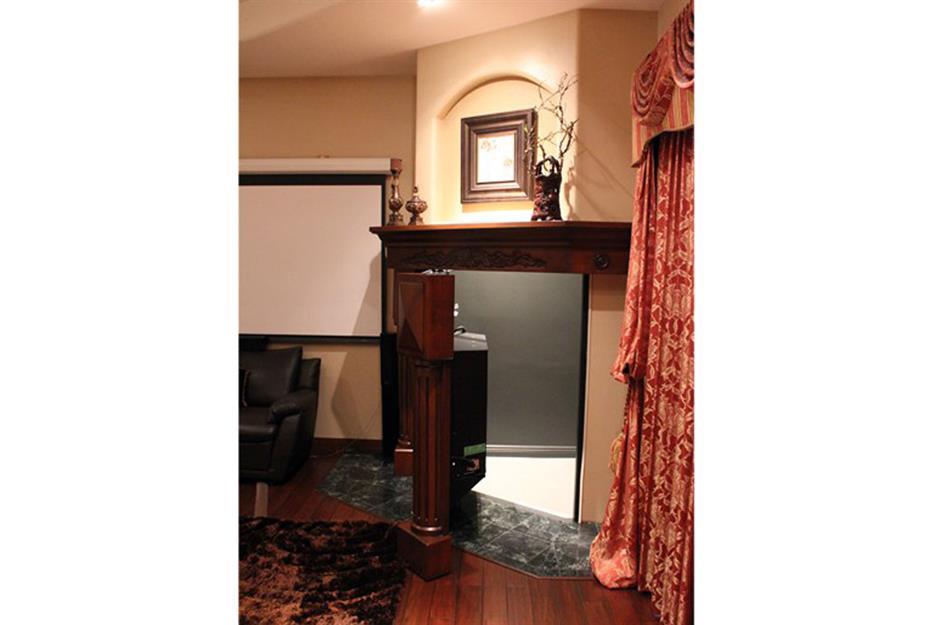

The panic room doors are typically high-gauge steel that is specifically designed to resist high wind forces and perforation by windborne debris.

Typically, safe room walls and ceilings are made of concrete, steel, plywood, or fiberglass. Which building materials are ideal for a safe room?
#Safe rooms for homes install#
#Safe rooms for homes professional#
The best way to go about it is to hire a professional such as an interior design expert, an architect, or an engineer who’s familiar with the current FEMA criteria regarding safe rooms. You need to determine if the panic room will be built above or below ground level. Read more: Before a home renovation How do you build a safe room in your house? However, always check with your local emergency management office before retrofitting your safe room. It will be a cost-effective way to add a safe room.

If you’re on a tight renovation budget, you could begin by making small changes to an existing room. The cost of a safe room for homes depends on the type of foundation the house is built on, and on its size as well as location. Next, you need to select good locks, such as a deadbolt, chain lock, or side lock, that are strong and secure. Most importantly, the room should get cellular reception and have some basic provisions. And, make sure it has a sturdy safe room door (made with solid core metal or wood) and no glass windows. The size of the safe room should be big enough to fit in your entire family. Reaching it should be quick and easily accessible from all areas of the house. Look for a place that has one doorway and an escape area. Just make sure, the room meets some basic requirements. You may even install a panic room on a concrete slab-on-grade foundation, a garage floor, or an interior room on the first floor of your home. That way, the secure room is away from any exterior walls. Especially, if you’re concerned about tornadoes or high-wind storms. The ideal location for a safe room is underground - in a basement. The first step is to establish which room you would like to put the panic room in. Where should I put a safe room in my house? It can get you some extra time to contact the police.
#Safe rooms for homes how to#
Read more: How to improve your home security effectively It’s a room that should exist in every household. Fortunately, safe rooms for homes are easy to create and can be a boon in regions that require extra security and safety.


 0 kommentar(er)
0 kommentar(er)
